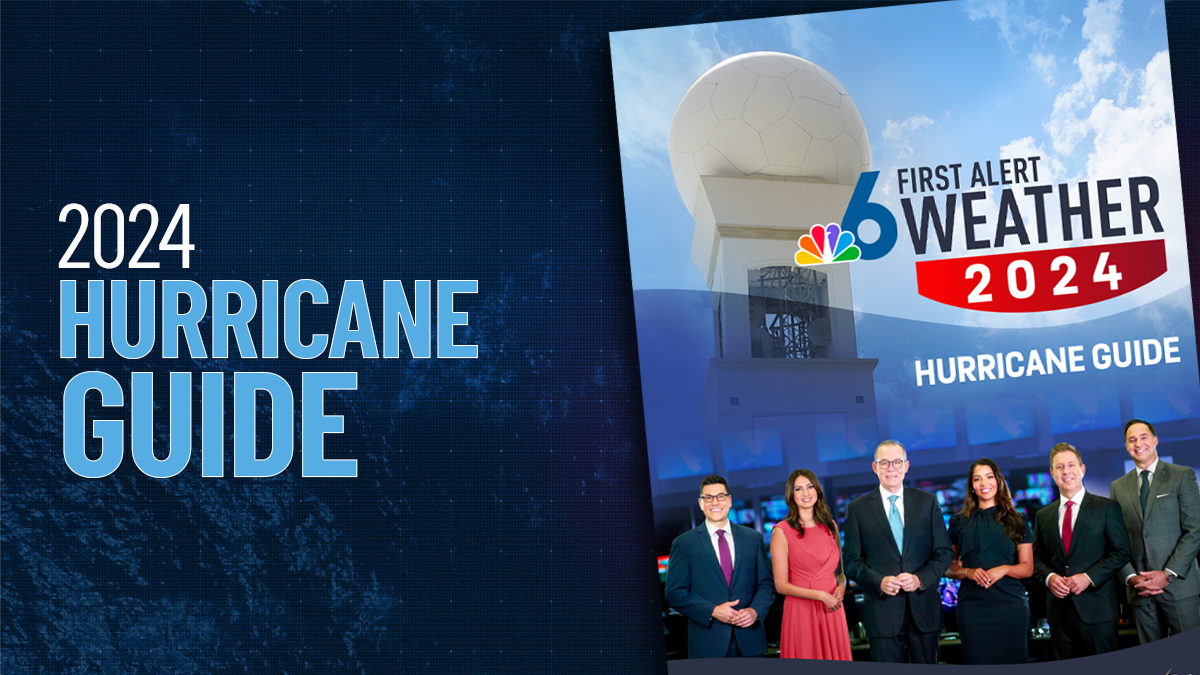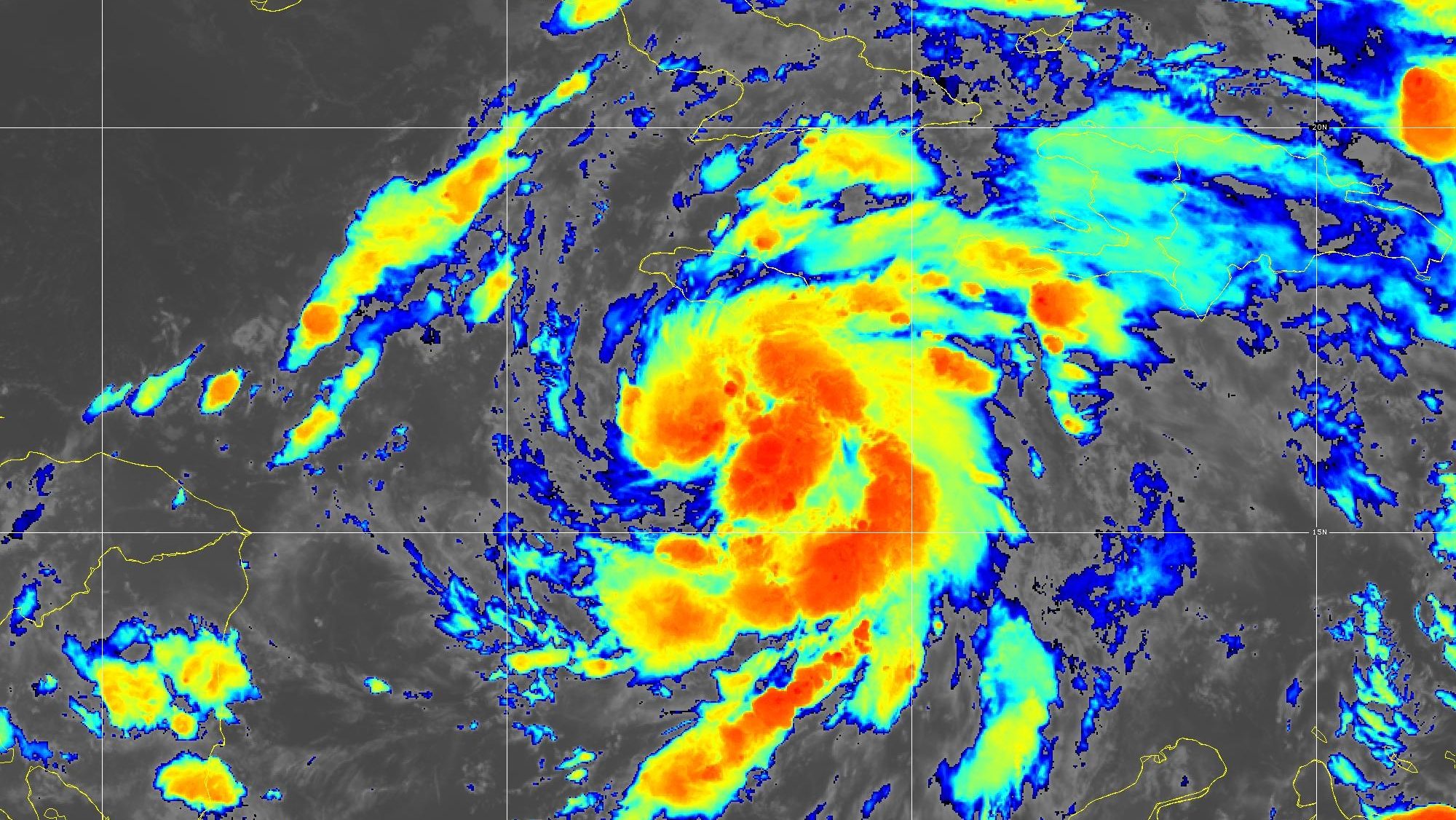Warming oceans are fueling stronger tropical cyclones — the costliest weather disasters in the United States. Since 2017, eight Category 4 and 5 hurricanes have struck U.S. soil — as many Cat 4 and 5 landfalls as occurred in the previous 57 years.
This concerning recent trend fits overall tendencies in the Atlantic. Observations show an increase in tropical cyclone intensification rates in the Atlantic basin from 1982-2009. The number of storms that quickly intensified from Category 1 (or weaker) into a major hurricane more than doubled in 2001-2020 compared to 1971-1990.
Helene’s Cat 4 landfall gives the U.S. a record eight Cat 4 or Cat 5 Atlantic hurricane landfalls in the past eight years (2017-2024), seven of them being continental U.S. landfalls. That’s as many Cat 4 and 5 landfalls as occurred in the prior 57 years. pic.twitter.com/p4RQapmiLM
— Jeff Masters (@DrJeffMasters) September 27, 2024
Helene became a major hurricane on Sept. 26 amid a rapid intensification (RI) cycle in which it attained 55 mph (~90 km/hr) greater windspeeds in a span of 24 hours — just short of the “extreme” RI threshold of 58 mph (~95 km/hr) in 24 hours. It was the second time that Helene’s maximum sustained windspeeds had increased by at least 35 miles per hour (~55 km/hr) in a day.
The Hurricane season is on. Our meteorologists are ready. Sign up for the NBC 6 Weather newsletter to get the latest forecast in your inbox.
As a result, Helene went from an 80-mph (130 km/hr) low-end Category 1 hurricane one day to a 140 mph (225 km/hr) Category 4 cyclone the next. According to the Saffir-Simpson Hurricane Wind Scale, Category 1 hurricane damage would be expected to be “minimal,” while Category 4 hurricane damage would be “devastating.”
Helene was the second major hurricane (Cat 3 or higher) of the 2024 season. Record-setting Hurricane Beryl preceded it as the earliest-forming Category 5 hurricane in the Atlantic basin’s history. Beryl became a major hurricane in the month of June east of the Lesser Antilles, the first time that’s ever happened during the first month of hurricane season since recordkeeping began in 1851.
While Beryl weakened before reaching the United States as a Category 1 hurricane, Helene intensified into a major hurricane and continued strengthening right up to landfall. That now puts 2020-2024 into the record books, tying the mark for the longest consecutive number of years (five) in which a major hurricane has made landfall in the United States.
Hurricane Season
The NBC 6 First Alert Weather team guides you through hurricane season
Globally, the proportion of tropical cyclones that reach very intense (Category 4 and 5) levels is projected to increase, too. Higher tropical storm and hurricane rainfall rates, like those seen in the Appalachians, are expected to continue on a warming planet. And, in places like Florida, sea level rise is accelerating at such a dramatic pace that today’s storm surges can reach 8 inches (20 centimeters) higher than when Hurricane Andrew struck south of Miami a little over 30 years ago.
Preliminary post-landfall modeling of storm surge from Helene indicated areas within the Big Bend region of the state near Keaton Beach, Steinhatchee and Horseshoe Beach had water levels reach more than 15 feet above ground level. Along the west coast of the Florida peninsula, Cedar Key had a record surge of 9 feet, while Tampa Bay experienced a modern-day record surge of approximately 7 feet.
Preliminary post-landfall modeling of storm surge from Hurricane #Helene indicates areas within the Big Bend region of Florida near Keaton Beach, Steinhatchee, and Horseshoe Beach had water levels reach more than 15 ft above ground level.
— NHC Storm Surge (@NHC_Surge) September 27, 2024
The depth of the saltwater inundation was extremely well forecast by the National Hurricane Center. Yet, in Florida, dead bodies were found in evacuated coastal areas where some had retreated to their attics to avoid the rising storm surge.
Damaging winds penetrated well inland, thanks in part to Helene’s extreme strength, but also because the storm’s speed of motion was accelerating as it made landfall, and its wind field was so huge that it took quite some time to wind down. Windstorm damage extended far inland beyond Florida to Georgia, South Carolina, and North Carolina. A 100-mph (160 km/hr) gust was recorded in Alma, Georgia. Mount Mitchell North Carolina, the highest peak east of the Mississippi, had a gust to 106 mph (~170 km/hr) from Helene.
And then came the rain.
Preliminary storm-total rainfall measured on the ground included nearly 31 inches (782 millimeters) in Yancey County, northeast of Asheville, North Carolina. Radar estimated totals in areas where there were no rain gauges exceeded 40 inches (1,000 mm) just over the state line in South Carolina’s Greenville County.
A Predecessor Rain Event caused by a stalled weather front had hit that very same region just days prior to Helene’s impacts, saturating the ground on the heels of what had been a wetter-than-normal summer. The flooding and landslide disaster that Helene’s rainfall caused was facilitated by topography, as runoff rushed into the creeks and rivers that flow down from the Appalachian Mountains.
Helene’s extreme floods have resulted in apocalyptic scenes. Some small towns were mostly leveled. Others are cut off from surrounding civilization, with no way in or out except by air. It is a humanitarian catastrophe that is still unfolding.
No one can hide from the truth. Extreme weather events, including hurricanes, are becoming more extreme. I must communicate the growing threats from the climate crisis come hell or high water — pun intended.



